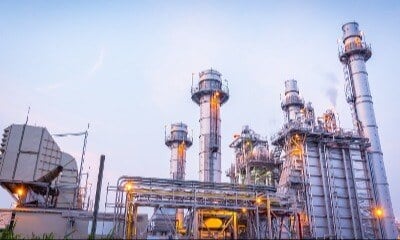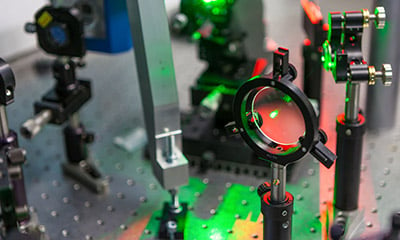Unlocking Precision: The Intricacies and Advancements of Laser Rangefinders in Technology
By Seminex
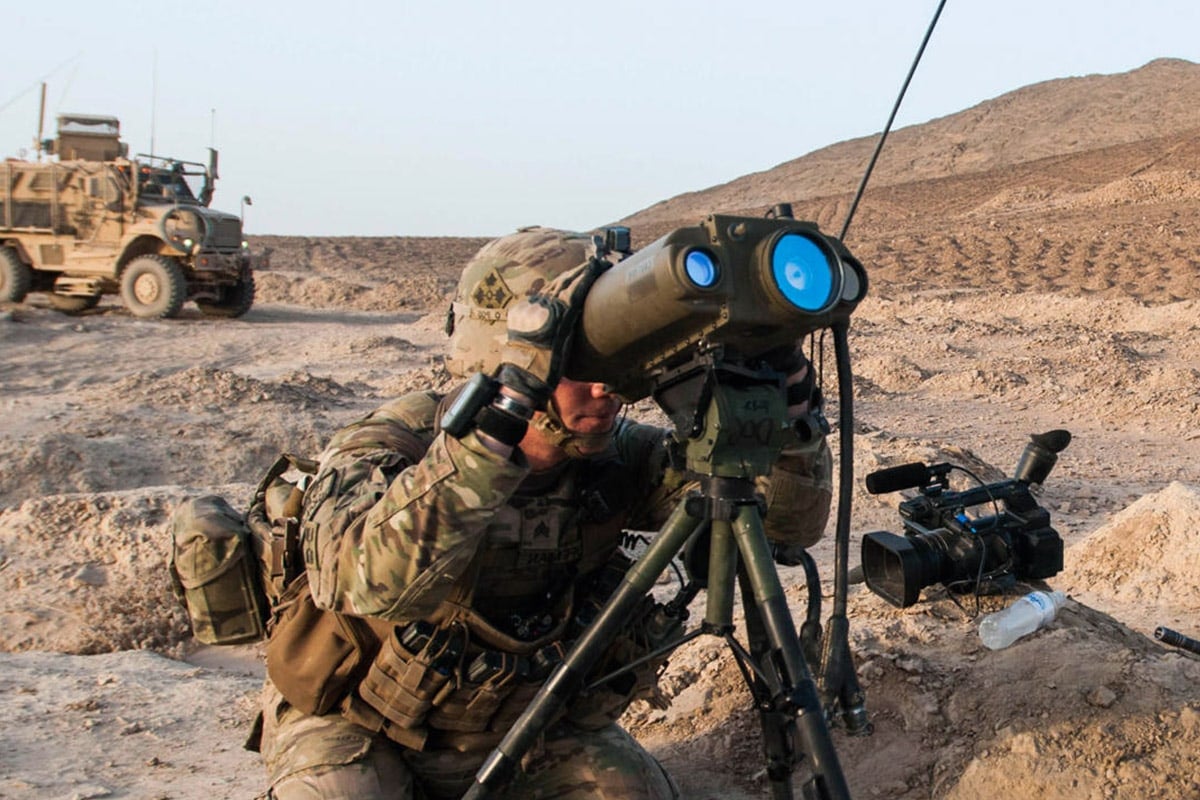
Operating on the time of flight (ToF) principle, a focused laser pulse is directed towards the target, and the reflected light is captured by a receiver. Some devices can calculate the distance with remarkable millimeter-level accuracy, even over substantial distances.
Pulse Coding and Techniques
To enhance performance and security, laser rangefinders can utilize coded pulses to reduce susceptibility to jamming. Doppler effect techniques are also employed to determine the target's movement towards or away from the rangefinder and its speed.
Factors Affecting Precision
The precision of a laser rangefinder is influenced by factors such as rise time, divergence, and power of the laser pulse, as well as the quality of optics and onboard digital signal processing. Environmental conditions, including humidity, snow, and dust, can affect signal diffusion, impacting range and accuracy. Skilled operators in optimal conditions can achieve precision within a meter at distances up to three kilometers.
Reflectivity and Target Properties
The reflective properties of the target significantly impact the performance of a laser rangefinder. Surface reflectivity, material type, size, shape, and color all contribute to the amount of reflectivity. Larger targets and shiny surfaces produce more reliable results. The angle and elevation of the laser beam also play a role, with a 90-degree impact angle generating better reflections.
Technologies
Laser rangefinders employ various technologies, including:
- Time of Flight: Measures the time for a light pulse to travel to the target and back.
- Multiple Frequency Phase-Shift: Measures phase shifts of multiple frequencies on reflection.
- Interferometry: Useful for measuring changes in distance.
- Light Attenuation by Atmospheric Absorption: Measures laser beam attenuation due to atmospheric absorption.
Applications
Laser rangefinders find applications in military reconnaissance, engineering, and targeting for snipers and artillery. Handheld military rangefinders, equipped with features like a digital magnetic compass and inclinometer, operate at ranges of 2 km to more than 25 km. More powerful models installed on vehicles or platforms can measure distances up to 40 km and integrate with thermal, night vision, and observation equipment.
Infrared Advantage
The 1550nm wavelength falls within the infrared region, providing several advantages. Infrared light is less perceptible, offering obscurity crucial in military scenarios. Additionally, the use of infrared light allows laser rangefinders to operate effectively in low-light or nighttime conditions without revealing their presence.
Range and Precision Enhancement
Beyond stealth advantages, 1550nm light sources contribute to overall performance. The choice of wavelength impacts factors like signal-to-noise ratio and atmospheric absorption, potentially enhancing received signal strength over longer distances. Measures to optimize distance range include increasing laser pulse energy, reducing beam divergence with a telescope, using sensitive photodetectors like avalanche photodiodes, and employing optical bandpass filters to remove noise.
SemiNex Laser Advantages
- Operates well over a wide thermal range
- Highest reliability, no COD
- Electrical efficiency for longer battery life
- More power means more photons without adding size or weight
Conclusion
In conclusion, the effectiveness of a laser rangefinder depends on factors such as the laser employed, environmental conditions, target properties, and measures taken to enhance range and precision. These devices play a crucial role in various technological applications, particularly in military and reconnaissance scenarios.
By Seminex
Related articles
Defense, Automotive, Industrial
Innovation: The Transformative Power of Multi-Junction Diodes Across Diverse Applications
Multi-junction diodes offer significant advantages across various applications, ...
Featured, Datacom, Defense, Automotive, Medical, Industrial
Next Generation InP Semiconductor Devices
Next Generation InP-Based Structures for Unparalleled Performance and ...



.jpg)
.jpg)
.jpg)
.jpg)
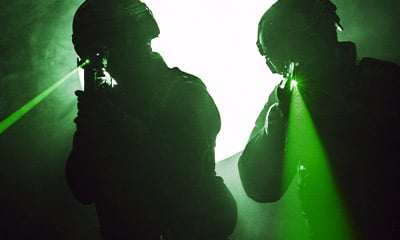
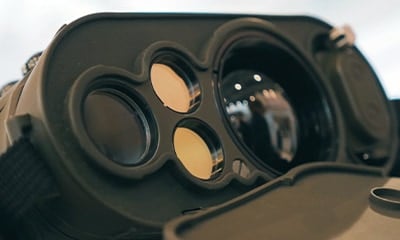
.jpg)
.jpg)
